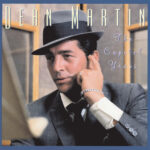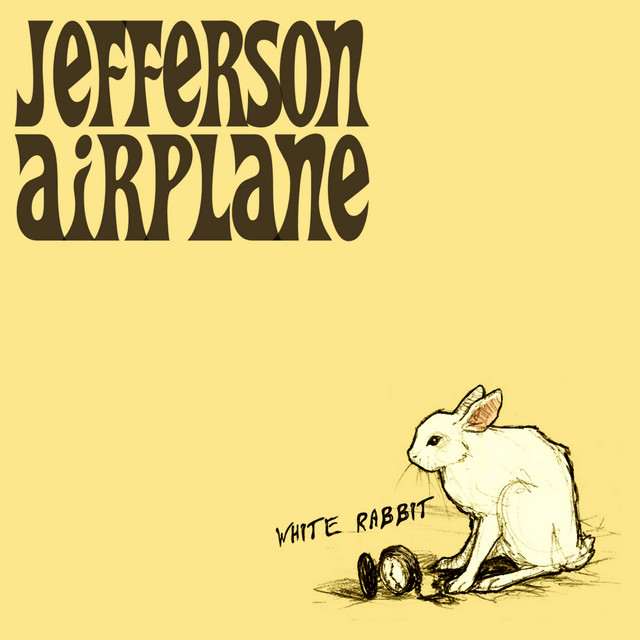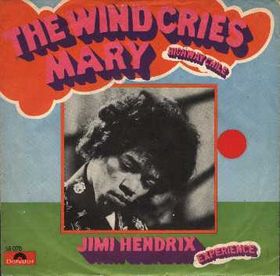 When Dean Martin crooned Ain’t That a Kick in the Head in 1960, the world didn’t quite know what hit it. It wasn’t a revolution like Elvis shaking his hips or The Beatles changing pop forever. No, it was something smoother, subtler — a wink across a smoky lounge, a clink of ice in a whiskey glass, and a grin that said, “Don’t take life too seriously, pal.” The song became a sonic martini: crisp, charming, and effortlessly intoxicating.
When Dean Martin crooned Ain’t That a Kick in the Head in 1960, the world didn’t quite know what hit it. It wasn’t a revolution like Elvis shaking his hips or The Beatles changing pop forever. No, it was something smoother, subtler — a wink across a smoky lounge, a clink of ice in a whiskey glass, and a grin that said, “Don’t take life too seriously, pal.” The song became a sonic martini: crisp, charming, and effortlessly intoxicating.
At a time when the world was balancing between the conservative stiffness of the 1950s and the cultural chaos that was about to explode in the 1960s, Dean Martin strolled through it all like he owned the joint. Ain’t That a Kick in the Head captures that exact vibe — the moment right before things change, when cool was defined not by rebellion but by restraint.
The song first appeared in the Rat Pack movie Ocean’s 11 (1960), a film drenched in swagger, suits, and smirks. It wasn’t even the film’s biggest musical number, but it became its defining sound. Written by lyricist Sammy Cahn and composer Jimmy Van Heusen — both titans of the Great American Songbook — the tune was a tailor-made fit for Martin’s silk-smooth vocal delivery. It’s witty, urbane, and full of the sly charm that defined the era.
From the first brass hits, Ain’t That a Kick in the Head struts into the room wearing a tuxedo and holding a highball glass. The arrangement is pure Vegas swing: horns blasting with attitude, rhythm section walking with confidence, and that distinct big-band polish that makes you feel like you should be wearing a dinner jacket just to listen. Martin slides into the melody like he’s been waiting his whole life to sing it — loose but perfectly timed, every word landing like a punchline delivered with a half-smile.
The lyrics themselves are a masterclass in humor and heart. “Like the fella once said, ain’t that a kick in the head / My head keeps spinning, I go to sleep and keep grinning” — it’s all about falling in love and not quite knowing what hit you. Cahn and Van Heusen weren’t writing for tortured poets or broken-hearted crooners. They were writing for men who could get punched in the face by romance and still make a joke about it. The song doesn’t wallow in emotion; it dances through it.
Dean Martin’s genius lies in that effortless delivery. He doesn’t sing the song so much as he lives it. His phrasing has that signature slouch — he lags just a bit behind the beat, teasing it, flirting with it, as if to remind the listener that being cool means never rushing. Every “kick in the head” sounds like it’s coming from a man who just shrugged off bad luck, poured another drink, and decided to laugh about it instead.
What’s remarkable about Ain’t That a Kick in the Head is how much personality it packs into just over two minutes. It’s a brief tune, but it feels like a full evening in a smoky nightclub — the kind of song that makes you want to lean against a piano and charm your way through life. The brass section bursts with energy while the rhythm section maintains a steady, swinging pulse that perfectly frames Martin’s relaxed vocals.
When Martin recorded the song for Capitol Records, it wasn’t initially a huge hit. In fact, it took years before it became one of his signature tunes. Radio stations at the time were wary of the word “kick” — a different era’s idea of propriety — and some refused to play it. But the song survived through sheer charisma. Like Dean himself, it didn’t demand attention; it simply commanded it through charm.
Over time, Ain’t That a Kick in the Head became the quintessential Dean Martin track, a shorthand for his whole persona. Smooth, slightly mischievous, and effortlessly confident — it’s everything people loved about him distilled into a single performance. It also helped cement the Rat Pack aesthetic: that combination of masculine ease, humor, and glamour that came to define early 60s cool.
Musically, the song exemplifies what made the Rat Pack era swing so hard. The brass arrangement punches with precision — not too brash, not too polite — while the rhythm section walks the line between jazz and pop. It’s a perfect middle ground between the big band sound of Sinatra’s Capitol years and the more relaxed lounge feel that Dean would later perfect. The horns punctuate each lyrical line like a witty comeback, creating a call-and-response dynamic between singer and band.
Martin’s voice in 1960 was at its peak — warm, smoky, and effortlessly in control. Unlike Sinatra, who often used phrasing to wring emotion from every line, Dean’s power was in restraint. He could make a line like “My life is gonna be beautiful” sound not like blind optimism, but like a toast to the unpredictable mess of life itself. That’s the magic of Martin: you never felt like he was trying too hard, because he wasn’t.
The humor of the song is subtle but constant. The title itself — “Ain’t That a Kick in the Head” — is a perfect metaphor for love’s ridiculous power. It’s romantic but irreverent, celebrating the chaos of affection without ever turning sentimental. That was Martin’s trademark — he sang about love like a man who’d been there, done that, and decided to enjoy the ride anyway.
There’s a certain self-awareness baked into the performance, too. When Dean croons, “My head keeps spinning,” you can almost hear the grin in his voice, like he’s letting you in on a private joke. He’s not overwhelmed by love — he’s entertained by it. And that winking tone is what keeps the song from ever feeling dated. While many romantic standards of the era leaned heavily on melodrama, Ain’t That a Kick in the Head keeps things light, funny, and charmingly cynical.
The song’s resurgence in pop culture decades later — appearing in films, commercials, and TV shows — is proof of its timeless appeal. It’s a shorthand for effortless cool, used to evoke that glamorous Rat Pack era without ever feeling stuffy. It has been featured everywhere from The Sopranos to car commercials, instantly transporting listeners to a world of smoky lounges and mid-century swagger.
And honestly, the song’s secret weapon is its attitude. Ain’t That a Kick in the Head isn’t about wallowing in heartbreak or declaring eternal devotion; it’s about the absurdity of it all. It laughs in the face of love’s chaos. That blend of optimism and irony was the perfect reflection of Dean Martin himself — a man who could sing about being knocked off his feet and somehow make it sound like a victory.
The arrangement deserves its own applause. Nelson Riddle’s influence is all over the orchestration — lush, brassy, and impeccably balanced. The trumpets soar without overwhelming, the trombones ground the melody, and the rhythm section keeps everything swinging with that irresistible bounce that defined Capitol-era jazz-pop. The production captures the warmth of live performance, giving the listener the sense that Dean and the band are right there in the room, tossing jokes between verses.
It’s also worth noting how the song embodies the optimism of its time. The early 1960s were still riding the post-war wave of prosperity, and the music reflected that sense of possibility. Love, in Dean Martin’s world, wasn’t tragedy or torment — it was an adventure worth getting knocked around for. When he sings, “Like the sailor said, quote, ‘Ain’t that a hole in the boat?’” it’s pure comedic timing — the kind of playful line only he could deliver without breaking the spell.
By 1960, Martin had already established himself as a major entertainer — first as half of the comedy duo Martin & Lewis, then as a solo artist and actor. Ain’t That a Kick in the Head represented his full transformation into the suave crooner persona that defined the rest of his career. It’s the sound of a man who’s completely comfortable in his skin, laughing his way through romance, fame, and life itself.
Listening to the song today feels like stepping into a time capsule — but one that still feels oddly relevant. Its humor, its cool, its lighthearted defiance of bad luck all resonate in a world that could use a bit more swing and a lot more charm. Dean Martin’s ability to make a two-minute pop tune feel like a philosophy lesson in coolness is what makes this track legendary.
By the time the final brass flourish fades, you’re left smiling — not because the song demands it, but because Dean Martin makes it impossible not to. Ain’t That a Kick in the Head isn’t just a love song; it’s a mood, a lifestyle, a reminder that no matter how hard life swings, you can always shrug it off with a grin and a drink in hand.
So yes, maybe love knocks you over, scrambles your head, and leaves you dizzy. But as Dean Martin proved in 1960, if you can swing through it with a joke and a little rhythm, then baby, ain’t that a kick in the head.


